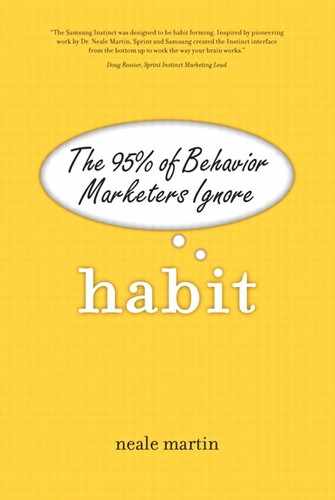2. You Are of Two Minds (At Least)
How do your marketing efforts interact with your customer’s brain? Theories of consumer behavior were first articulated in the 1960s and were based on the prevailing psychological theories of that time. I was privileged to have worked with Dr. Jagdish Sheth for several years. Jag and his mentor, Professor John Howard, published the first book on consumer behavior. Cognitive psychology was in its infancy and MRI’s were years away, so their theories were based on sketchy information, at best. But their work was highly influential and shaped much of marketing thought for decades. To understand marketing’s successes and failures, we need to update our marketing ideas with what we now know about the brain’s inner workings.
A quick look at the brain reveals pronounced anatomical structures, including four outer lobes divided neatly in two. But what is not obvious from looking at the brain is that two separate but interrelated systems evolved out of this complex and vast assemblage of neurons: the conscious and the unconscious minds.
Although we have long known that the unconscious mind controls autonomic functions, in the last few years, researchers have discovered that the unconscious also influences a wide range of highly complex behaviors. For example, a series of studies by Duke researchers showed that we do the same thing at the same time every day 45% of the time while thinking about something else.
The implications of this discovery are profound because our business assumptions are based on the idea that our customers are making conscious choices. Whether you are in consumer electronics, packaged foods, financial services, or business-to-business markets, most of your customers’ behavior is the result of unconscious habits—yet most of your marketing dollars are spent trying to influence the conscious, executive mind. This might be news to you, but it’s also news to your customer. Because the workings of the habitual mind are unconscious, the executive mind thinks it is in control of most of our behavior.
So when you ask customers, “Were you satisfied with your meal?” you set off an artificial thought process. The customer begins to consciously consider the temperature of his hamburger, the amount of salt on the french fries, and how long it took to get his food. And these thoughts, which weren’t there until you asked the question, can alter future behavior. “Now that you mention it, I really prefer the french fries at the Burger Barn.” And the next time that customer is looking for a quick place to get lunch, he might well choose the Burger Barn.
Similarly, when you ask customers why they shop at a particular store, you are catering to the executive mind under the illusion that it is in control. The simple act of asking the question makes the customer assume that this decision was conscious. The customer then makes up an answer that seems plausible. Market researchers diligently record this information, which becomes the foundation for marketing campaigns and new product development.
The litany of common business failures listed in Chapter 1, “How Habits Undermine Marketing” (high customer defections rates, new product flops, and the inability of customer satisfaction to predict repurchase), is largely a result of the habitual mind’s influence. To better understand the real processes that govern customer behavior, it helps to understand how the executive and habitual minds work.
